Techniques to Find Rocks with Gold
Find Rocks with Gold
For the average small-scale prospector, there are just a few methods that work well to locate gold in rock. First, I always recommend that you carry a gold pan and sample the gravels in the area. Even in a desert, you can dig down into a dry wash and pack in some water to use while panning. If you are able to locate even some very fine gold, this will tell you that you are in a good area.
Second, you can collect promising rock samples and crush them up to release any potential gold. It is a relatively simple method, and will give you an idea of what types of samples are worth collecting and processing.
Third, and perhaps the most popular method used by small-scale gold prospectors is to use a gold detector. By scanning mining tailings and ore samples with a metal detector, you can locate samples that contain visible veins of gold.
Keep in mind that not all gold is visible. In fact, some of the biggest mines in the world process gold that is not visible and therefore impossible to recover using the above methods.
For the average prospector looking for gold in rock, I would recommend doing you research and finding places that are likely to have large enough gold to recover.
Minerals often found with Gold
There are some well-known mineral that are commonly associated with gold. They are found in gold districts worldwide. Get familiar with the types of geology in the area that you are mining.
Similar Conditions to Nearby Mining Districts
If you are exploring new spots with little evidence of mining or prospecting in the past, then it is a good idea to first look at nearby gold areas and compare geology. Sometimes you can identify similar geological indicators that can help you find gold.
Can Metal Detectors Find Gold?
As far as gold-hunting detectors go, there are two types—very low frequency (VLF) and pulse induction (PI). VLF detectors designed to find gold, feature a higher operating frequency than other models in order to offer greater sensitivity to small gold nuggets. Realistically speaking, the chances of finding a pencil tip sized nugget is higher than uncovering a large one, which is why many gold hunters opt for a VLF detector. In this same frame of thinking, a small search coil will also provide increased sensitivity to small pieces of gold. However, these search coils won’t cover as much ground or search as deeply as larger coils.
Pulse induction (PI) detectors are a bit pricier because they provide newer technology for finding gold nuggets. They are built with advanced detection depth and high functionality in mineralized soil. Field tests support the claim that PI detectors can detect large nuggets at up to 2 feet or deeper. Many of these units are being designed to be more lightweight than previous iterations; many are also waterproof in shallow water. Avid gold hunters are moving toward PI units, although some say they use both varieties of gold detectors.
Detecting Tips
The basic tip for metal detecting is to go slow and stay low. This means that the speed that you sweep the coil across the ground should be slow, and the coil should pass across the ground in an even sweep that is as close to the ground as possible.
When detecting in gold fields, it is important to always be ground balanced. This involves the detector compensating for the natural, background mineralogy of the ground over which you are sweeping. Detectors that have automatic tracking will maintain an effective ground balance setting as you undertake your detection sweeps. However, detectors with manual ground balance should be checked regularly and readjusted when required to suit the terrain in which you are prospecting.
When undertaking your research for gold prospecting areas, don’t overlook old records, original maps and surveys, or historical geological reports and don’t limit your exploration to well known goldfields. Small, sub-economic gold carrying ore fields can often be very productive for an individual prospector even where these locations are unsuitable for large commercial exploration companies.
In addition, due to the economics of the larger-scale gold extraction industry, the bigger explorers can move on to richer tenements before all the available gold is exhausted. These locations can provide excellent opportunities for the individual prospector to experience the enjoyment of the search, while having a good opportunity of locating some of the ‘precious stuff’.
Always remember, just because you have invested in your new metal detector and other prospecting equipment, you do not have the right to stroll onto private property. You’ll need to arrange for authorization to prospect in a number of areas. For example, if you are gold prospecting, you may need to acquire a prospecting license or ‘Mines Right’ before you start your prospecting expedition. If you are detecting at sports grounds, city parks, or other public facilities, you may need permission from the local Council.
However, the good news is that prospecting licenses and other permissions are generally inexpensive and easy to obtain.
When you find a spot that is giving you good results, slow down and detect thoroughly as there is sure to be more for the careful searcher. And remember, when setting discrimination levels on your detector keep them as low as possible. It’s better to dig up the occasional piece of rubbish than to miss an important find like a nice piece of jewellery or some historic artifact.
A final tip – enjoy yourself; this is the most important thing. You won’t find something amazing every time you go exploring, but this is exactly what makes those special discoveries so special.

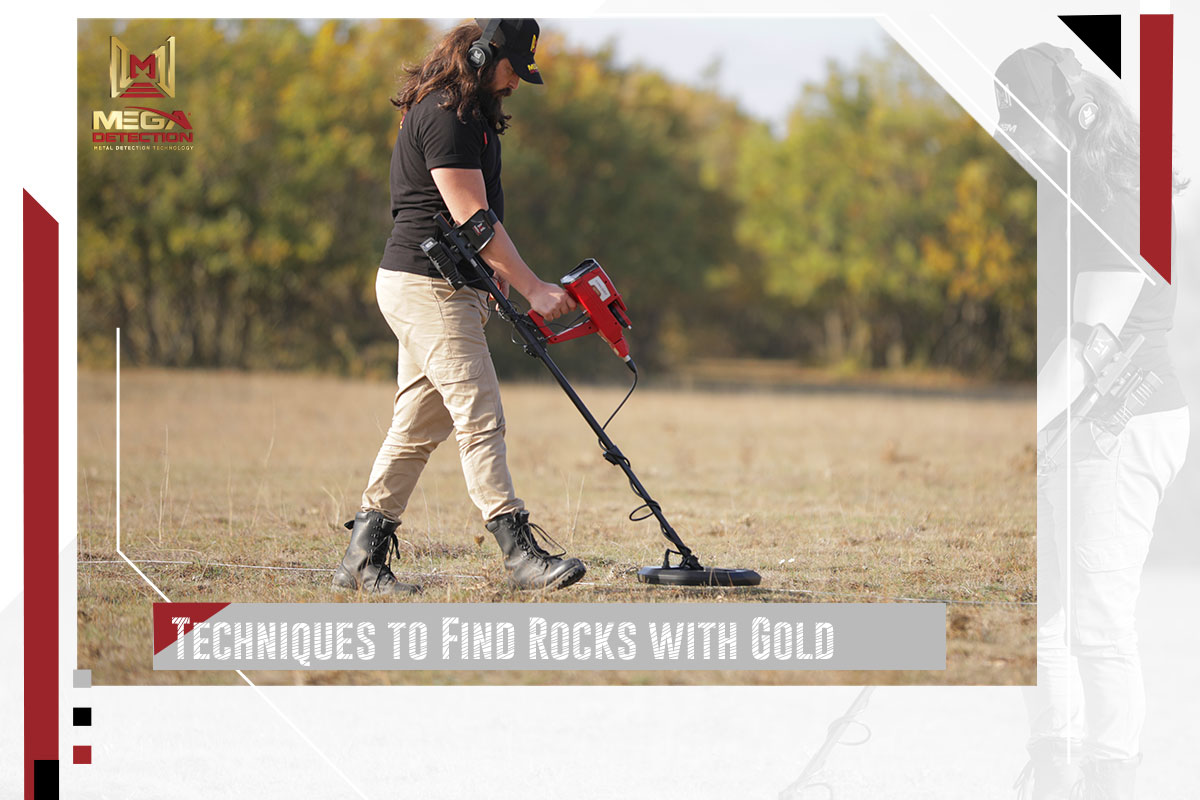
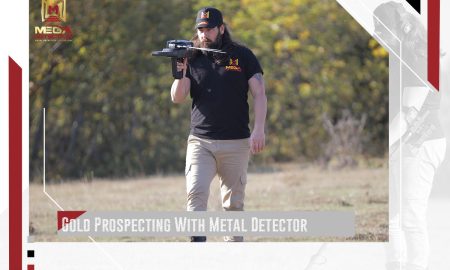

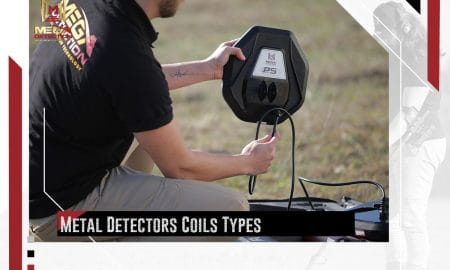
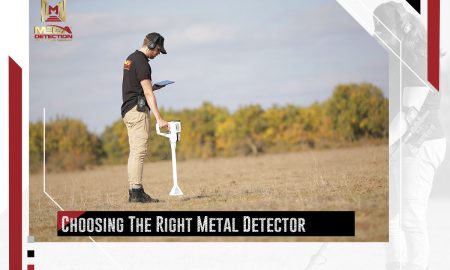

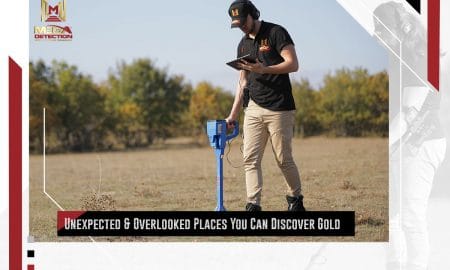
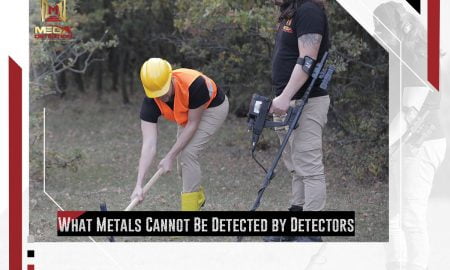
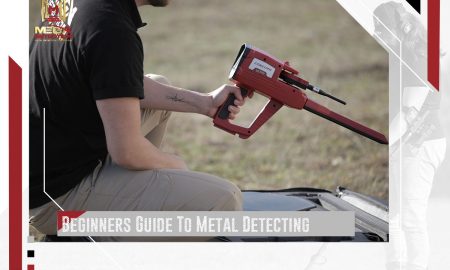

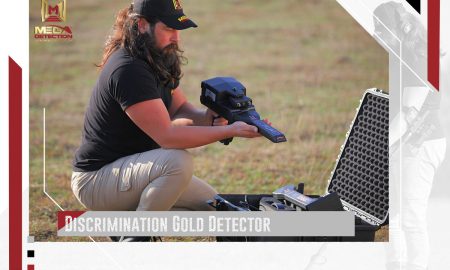
Leave a Reply